Saudi Traffic Signs Test 01
This online Saudi knowledge test for traffic signs test, with multiple-choice questions, is intended to help you prepare for the written computer test that is required before you can get your driver’s license.
ADVERTISEMENT

Correct!
Wrong!

Correct!
Wrong!

Correct!
Wrong!

Correct!
Wrong!

Correct!
Wrong!

Correct!
Wrong!
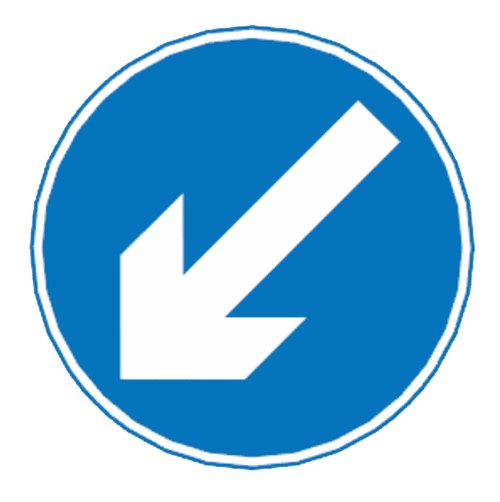
Correct!
Wrong!

Correct!
Wrong!

Correct!
Wrong!

Correct!
Wrong!

Correct!
Wrong!

Correct!
Wrong!

Correct!
Wrong!
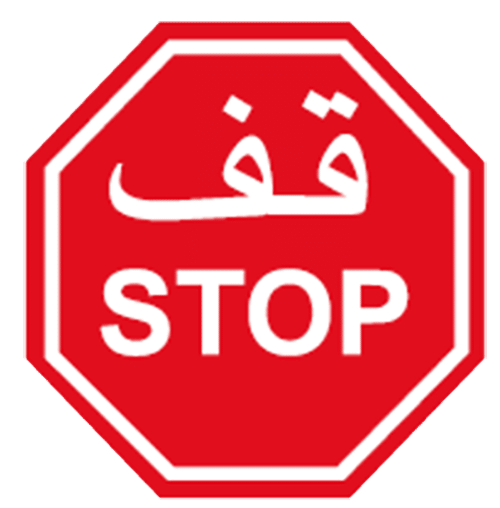
Correct!
Wrong!

Correct!
Wrong!
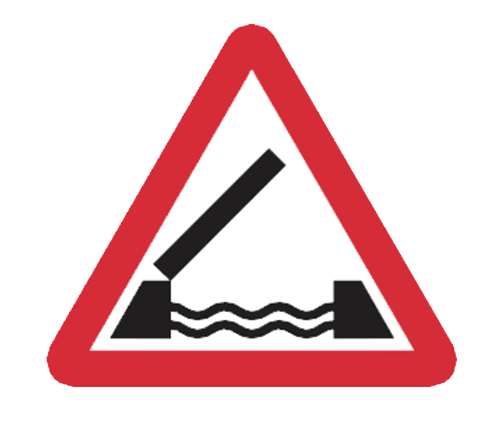
Correct!
Wrong!

Correct!
Wrong!

Correct!
Wrong!

Correct!
Wrong!

Correct!
Wrong!

Correct!
Wrong!

Correct!
Wrong!
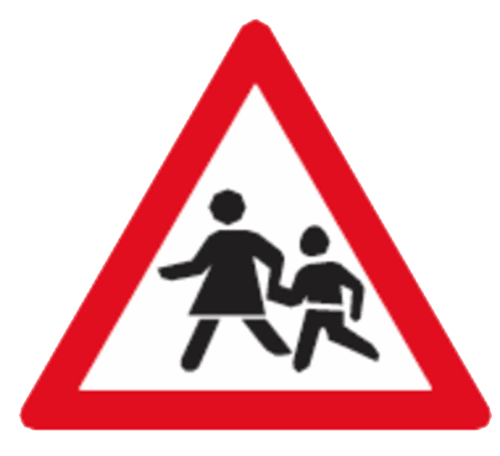
Correct!
Wrong!
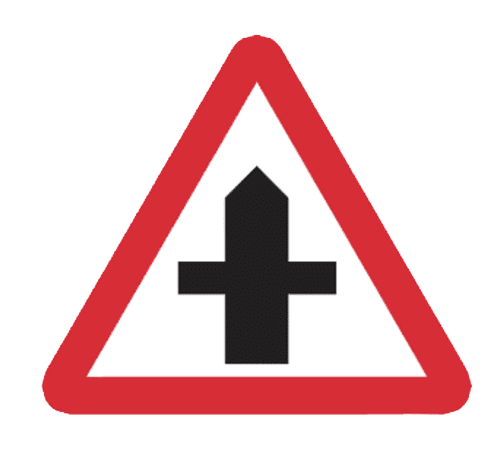
Correct!
Wrong!

Correct!
Wrong!
Share the quiz to show your results !
Subscribe to see your results
I got %%score%% of %%total%% right
Loading…
ADVERTISEMENT
The Importance of Traffic Signs for Road Safety
Traffic signs are one of the most reliable devices to control and direct the safe movement of vehicle traffic and pedestrians. Still, according to the World Health Organization, road traffic injuries are the leading cause of death for children and young adults aged 5 to 29 years old. Around 1.3 million people die each year from road traffic crashes.
While it doesn’t follow that traffic signs or lack of traffic signs contributed to these accidents, it’s still a point for consideration on why there are so many road accidents if traffic signs were meant to minimize them.
Some Research Findings on Traffic Signs
Some researchers studying traffic signs and road accidents point out some interesting findings:
(1) As the number of traffic signs increases, the driver’s recognition time increases significantly. This points to the need for reviewing and revising traffic signs settings.
(2) The most common road signs ignored by road users and which can lead to traffic accidents are “No Parking”, “No Loading/Unloading”, and “No Stopping Anytime”. The most misunderstood signs by drivers are “Stop” and “Yield”.
(3) Seven of the most confusing road signs are:
- T-Junction with priority over vehicles from the right
- No vehicles carrying explosives
- Minimum speed limit
- Surface dressing
- No vehicles except bicycles being pushed
- Vehicles may pass either side to reach the same destination
- Overhead electric cable
What all these point to is that there is more to traffic signs than just being traffic signs. They are so important that researchers from different parts of the world have taken it upon themselves to study them and their elements, as well as how people understand and interpret them.
The U.S. Department of Transportation Federal High Administration considers traffic signs and their regular maintenance so important that it has created a long and detailed guide for street and highway maintenance personnel to follow better road safety.
The guide’s general information section emphasizes, “Good sign maintenance will improve traffic safety, reduce the chances of a lawsuit against the community, and increase traffic capacity.”
What Makes A Good Traffic Sign?
According to the U.S. Department of Transportation Federal High Administration guide, good traffic signs must:
- Fulfill a need
- Command attention and respect
- Convey a clear, understandable message
- Provide enough time for the driver to respond correctly.
What Good Traffic Signs Can Do
Good traffic signs can help reduce road accidents, injuries, and fatalities. Signs like speed limit signs, give way signs, and stop signs help minimize road accidents by controlling the flow of traffic and the speed vehicles are traveling.
Good traffic signs provide consistent rules so that every road user is aware of them and can follow them, ensuring not only order but safety on the road. When everyone knows the same rules, they can all follow them without confusion.
Good traffic signs help direct people to where they are going, especially for those who are not familiar with the area and routes. Even automatic driving technology relies on traffic signs as one of the key information their GPS systems use for determining location and direction.
Good traffic signs warn drivers about obstacles that are not so obvious, like blind spots on the road or sharp corners. They can also include temporary signs that warn drivers about construction zones, detours, other obstacles, or changes in road conditions ahead so that drivers can prepare and decide accordingly.
Good traffic signs help manage traffic flow. Signs like these can be give way signs, u-turn signs, and roundabout signs, easing heavy traffic and directing the flow to less populated areas to lessen road congestion.
Good traffic signs are particularly important to new and inexperienced drivers. These drivers need to study, recognize and obey every traffic rule and sign on their routes so they don’t cause problems for other road users. Once they master these and gain more experience, driving will feel more like second nature to them and the roads more familiar and comfortable.
Good traffic signs protect pedestrians and cyclists. Pedestrian crossing signs inform pedestrians of where they can safely cross the road and warn drivers ahead of time to prepare to respond to pedestrians crossing. Traffic lights help them know when to cross and when not to. There are specific informational, regulatory, and warning signs for cyclists to protect them as well as pedestrians and vehicle drivers from crashing into each other.
Traffic signs can be relied on to help control and guide the safe movement of road users if they are good traffic signs. Good traffic signs benefit all road users not only in ensuring smoother traffic flows but in protecting everyone’s life and limbs and ensuring their safety.
